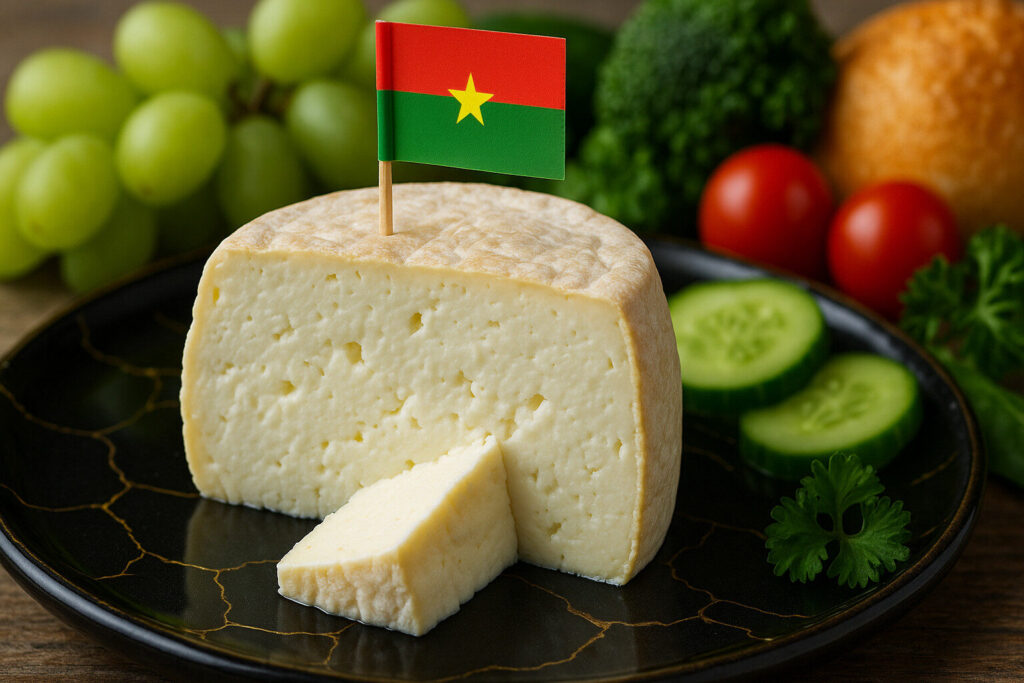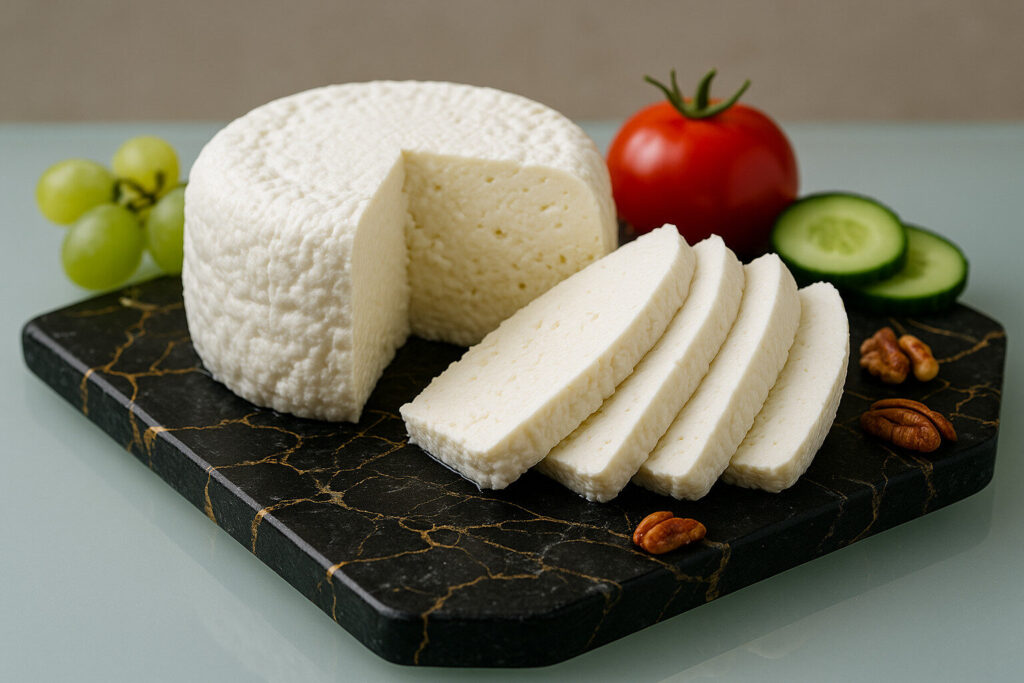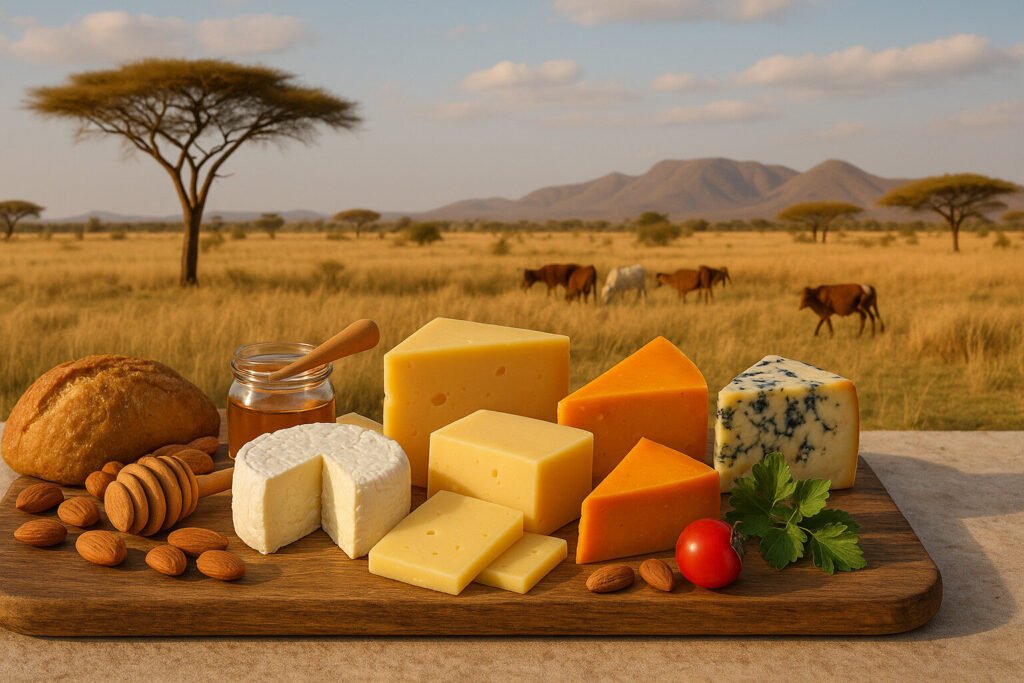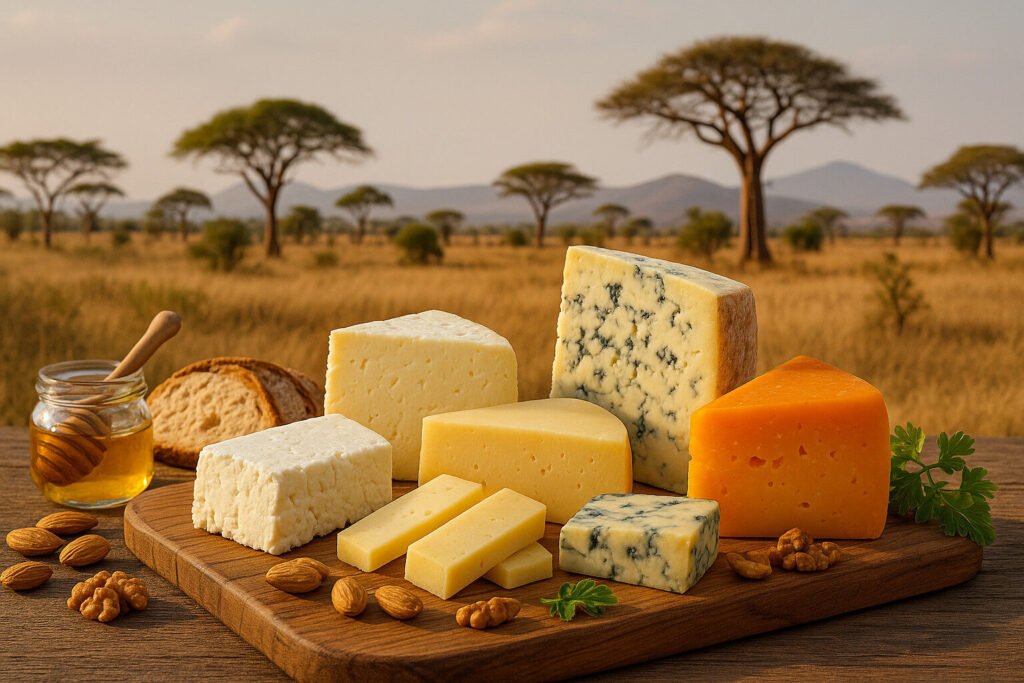Cheese Of Burkina Faso
Burkina Faso Cheese Definition
Burkina Faso cheese refers to dairy products traditionally made by local ethnic groups using indigenous techniques. These cheeses are primarily produced from cow, goat, or sheep milk depending on regional livestock availability. The scope encompasses fresh, soft cheeses often consumed shortly after production due to limited preservation methods.
Traditional Burkinabè cheese falls within broader West African dairy categories emphasizing immediate consumption. These products represent a small but culturally significant segment of local diets. They are distinct from imported or industrially produced cheeses available in urban centers.
Production Methods
Production typically involves spontaneous fermentation of raw milk in calabash containers or clay pots. The process relies on ambient temperatures and native lactic acid bacteria for coagulation. Curds are often hand-pressed and drained through woven baskets or cloth.
Salt may be added minimally or omitted entirely in traditional preparations. The entire process from milking to consumption usually occurs within 24-48 hours. These techniques reflect adaptations to the country’s hot climate and limited refrigeration infrastructure.
Sensory Characteristics
Burkina Faso cheeses generally present a tangy, acidic flavor profile with pronounced lactic notes. Texture ranges from crumbly to spreadable depending on moisture content. The aroma carries distinct fermented milk qualities with earthy undertones.
Color typically appears off-white to pale yellow, influenced by the animal’s diet. These cheeses lack the complex aging characteristics of European varieties. The flavor intensity varies significantly between batches due to spontaneous fermentation.
Culinary Applications
Traditional cheeses are commonly eaten fresh as accompaniments to millet or sorghum porridges. They may be crumbled over staple dishes like tô (a cooked cereal paste) to add protein and flavor. Some communities incorporate cheese into vegetable sauces and stews.
Urban adaptations include using local cheese as pizza toppings or sandwich fillings. The high acidity makes these cheeses unsuitable for melting applications common in European cooking. Consumption remains largely seasonal, corresponding with livestock lactation periods.
Regional Variations
Fulani herders in the northern Sahel region produce a distinctive dried cheese called “kossam.” This sun-dried variety has longer shelf life and more concentrated flavor. The Mossi plateau communities favor softer, moister cheeses consumed within hours of production.
Eastern regions near the Niger border develop cheeses with herbal notes from browse plants. Each ethnic group maintains slight variations in straining techniques and fermentation vessels. These regional differences reflect localized cultural practices and environmental conditions.





